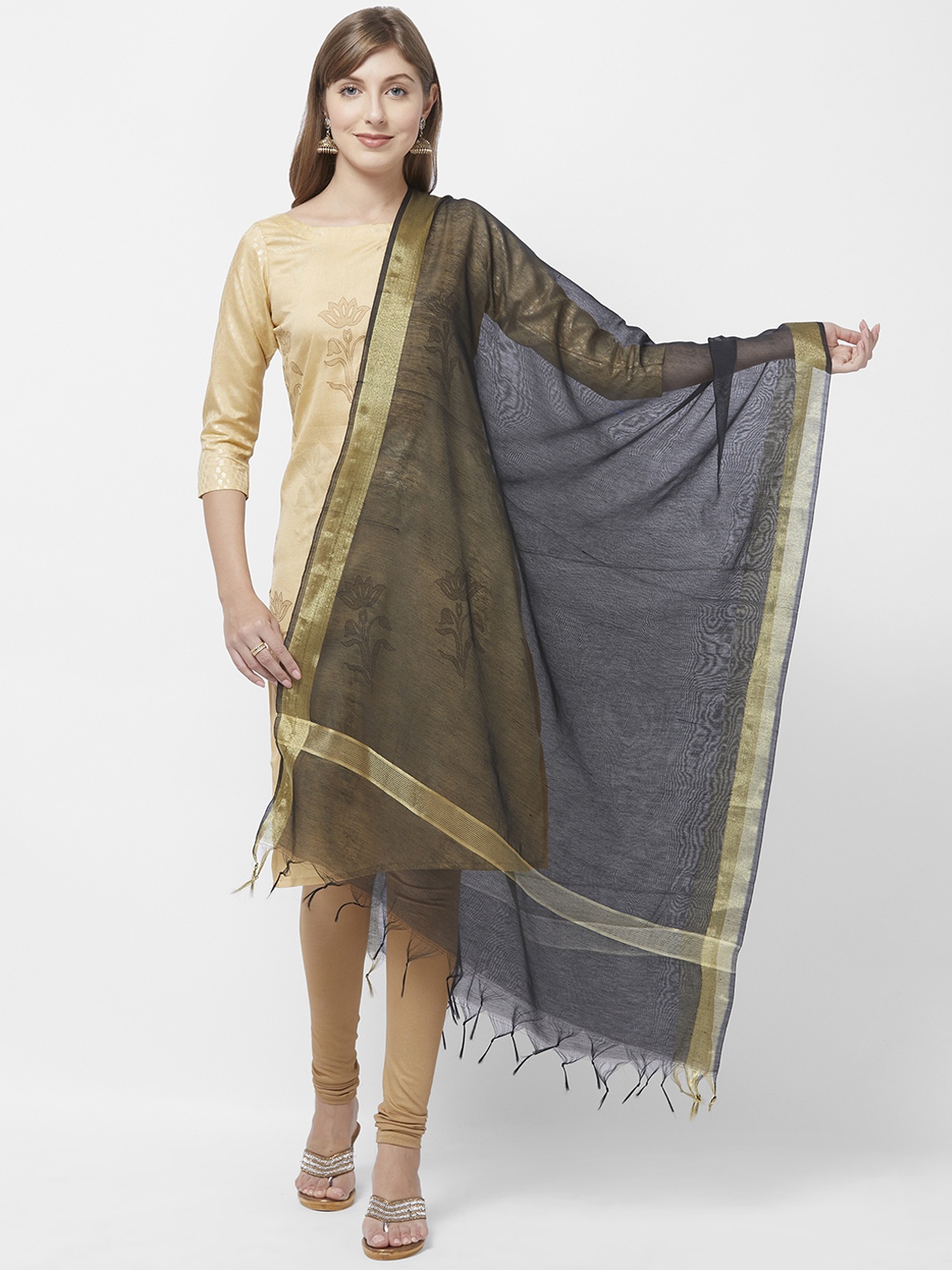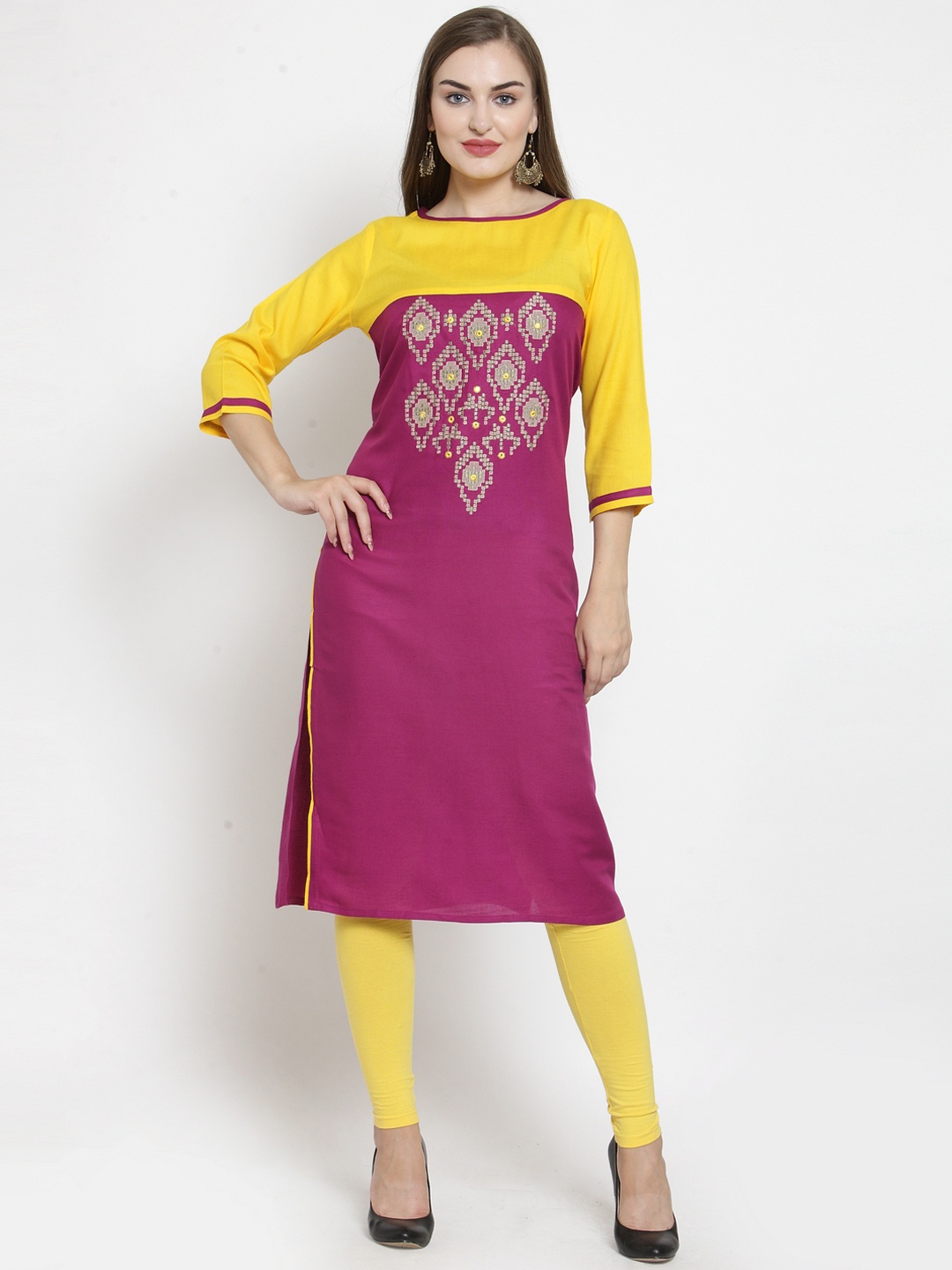How To Clean Meenakari Jewellery At Home Without Losing Shine: Check Top 10 Tips Now
Meenakari jewellery is more than just an accessory; it's emotion wrapped in colour, stories, and heritage. This is a heartfelt guide on how to clean your Meenakari treasures at home, without stripping them of their sparkle.

Read useful tips on how to care for and maintain your Meenakari jewellery
Meenakari isn't just a craft; it's poetry written in enamel and metal. Passed through generations and often reserved for life's grandest occasions, weddings, festivals, or that one special family gathering, these delicate jewellery pieces carry both legacy and sentiment.
As much as this jewellery deserves the spotlight, over time, dust, moisture, and even our skin oils dull its radiance. That's where things get tricky. Cleaning them isn't like scrubbing a steel plate. One wrong move, and that vibrant enamel work could chip or fade. That's enough to give any jewellery lover sleepless nights.
This guide walks through gentle, time-tested methods to clean Meenakari jewellery at home, restoring that dazzling finish without taking a toll on its intricate beauty. Whether it's a pair of jhumkas, a choker, or a statement ring, your precious collection deserves nothing less.

Follow these tips to clean your Meenakari jewellery the right way; Photo Credit: Pexels
1. Know Your Meenakari Before You Clean It
Every piece tells a story, some in enamel, others in stone or metal overlay. Meenakari work is layered. It starts with a metal base, often silver or gold-plated copper, followed by vibrant enamel designs and, sometimes, embedded stones. That's three materials reacting differently to water, chemicals, and even cloth.
Think of it like dealing with a silk saree with zari, it looks glorious but needs thoughtful handling. Rubbing harshly, using hot water, or applying cleaning agents meant for regular gold or silver can spell disaster. So, before you even pick up a cleaning cloth, examine your piece. Is the enamel cracked? Are there stones glued or set into place? This will guide you in choosing the right cleaning method.
Start by gently wiping it with a soft, dry cotton cloth. Sometimes, that alone is enough to revive the surface. Remember, when it comes to Meenakari, less is often more.
2. Always Use Lukewarm Water, Never Hot
If there's one golden rule, it's this: stay away from hot water. Heat and enamel are not best friends. While lukewarm water can help dissolve dirt and loosen oils, hot water risks softening the glue or cracking the enamel design.
Imagine dipping a painted clay diya into boiling water; it won't end well, right? The colours fade, the surface blisters. Meenakari jewellery reacts in a similar way when exposed to excess heat.
When preparing to clean, use water that's just warm to the touch, not steaming. Add a drop of mild liquid soap (like baby shampoo or handwash) and swirl it gently. Submerge only for a few seconds, just enough to soften grime, not soak the soul out of your jewellery.
Dry it immediately after using a soft muslin cloth. Never let water settle into the corners, especially where enamel meets metal. That's where trouble brews.
3. Soft Bristles Are Your Best Friend
While the instinct to scrub might be strong, resist it. Meenakari needs a delicate touch. Think of it like caring for your grandmother's porcelain tea set; one slip, and it's gone.
A soft-bristled toothbrush, preferably baby-sized, works wonders for cleaning around edges and intricate grooves. Avoid using firm brushes or scrubbing pads; they'll scratch the enamel or even chip it off.
Dip the brush in soapy lukewarm water and use gentle, circular motions. Focus on dusty crevices but never overdo it. The idea is to encourage the dirt out, not bully it.
After brushing, rinse lightly and pat dry. You could even wrap the piece in a dry, absorbent cloth and press gently. Let it air dry completely before storing it again. Damp jewellery is a breeding ground for tarnish, and nobody wants that.

Use any soft-bristle cleaning brush for gentle strokes; Photo Credit: Pexels
4. Skip the Ultrasonic Cleaners and Harsh Jewellery Solutions
Those buzzing ultrasonic machines and chemical-laden jewellery dips might work wonders on gold or diamonds, but they're a total mismatch for Meenakari.
These methods can shake loose delicate enamel sections or dissolve the adhesive holding tiny stones. Worse still, the enamel might fade, or the metal may tarnish in odd patches. Picture trying to bleach a Bandhani dupatta, some things are better left untouched by harsh solutions.
Instead, stick with DIY cleaning using gentle materials already in your kitchen or dressing table. If in doubt, always test on a small corner or consult a trusted local jeweller before going all in.
5. Avoid Soaking, Spot Clean When Possible
Sometimes, less really is more. A complete soak is rarely needed unless the piece is heavily soiled. Even then, timing is crucial.
For day-to-day maintenance or light grime, spot cleaning is safer and far more effective. Dab a cotton earbud or a soft cloth into soapy water and gently clean only the dirty areas.
This approach keeps water away from joins, edges, and glued bits. It also helps preserve the lustre of the enamel without risking discolouration or swelling of the base metal.
And for those stubborn bits of grime around clasps or hinges? A soft toothpick or makeup brush can help lift the dirt without damage. Just be patient, precision wins over pressure.
Also Read: The Ultimate Silver Jewellery Care Guide: Keep It Shiny And New
6. Embrace Household Heroes: Cotton, Vinegar (Very Lightly!), and Rose Water
You don't need to raid the chemist for fancy cleaners. Everyday items in your kitchen or vanity can be surprisingly effective, if used carefully.
Take vinegar, for instance. A drop of diluted white vinegar in a bowl of water (not more than 1:10 ratio) can help dissolve grease or oil. But don't go wild with it, too much and it could stain the enamel or corrode the metal.
Rose water mixed with a little glycerin can give a gentle polish and a lovely scent, especially after festivals when the jewellery's had a long day out. Dab lightly with cotton, wipe clean, and air dry.
Cotton buds, soft muslin cloths, and even baby wipes (unscented) can come to the rescue. Just avoid rubbing, soaking, or scrubbing. This isn't a kitchen counter you're dealing with, it's art.

Household staples like cotton and vinegar can also dissolve grease or oil; Photo Credit: Pexels
7. Don't Forget the Drying Game
Drying isn't just the final step, it's the crucial one. Trapped moisture is the enemy of shine, leading to discolouration, flaking, or even fungal growth if stored away too soon.
Once you've cleaned the piece, resist the urge to toss it back into the box immediately. Instead, lay it flat on a clean towel in a dry, shaded corner. Avoid fans or direct sunlight, which can mess with the enamel colours.
If you're in a hurry, gently pat it dry with a soft cotton cloth. But remember: it should feel bone dry before it goes back to the wardrobe or jewellery case.
Wrap each piece separately using butter paper or soft cloth to avoid scratches, especially if storing more than one item. No polythene, no velvet-lined pouches that trap moisture. Let your jewellery breathe, just like you after a long day in silk and heels.
8. Watch Out For Sweat, Perfumes and Hair Products
Picture this, you're getting ready, your hair's just been sprayed into place, perfume cloud in the air, bangles clinking, and then, you slip on your favourite Meenakari earrings. Perfect look, right?
Well, not for the jewellery.
Perfumes, hair sprays, moisturisers, and even natural sweat react with enamel and metals, dulling their shine over time. The safest route? Always wear your jewellery after you're done getting ready. And once back home, take them off first.
On particularly humid days or during festive dancing marathons, wipe your jewellery down before storing. That little care can make a big difference.
9. Regular TLC Is Better Than Rare Deep Cleans
Like most cherished things in life, a little daily love keeps the big problems away. Don't wait for your Meenakari set to look like it's been through a dust storm before cleaning it.
After every wear, just a gentle wipe with a soft, dry cloth can do wonders. It removes skin oils, dirt, and pollutants, keeping the piece looking fresh.
Once a month, give it a closer inspection, look for any loose bits, fading spots, or tarnish. This habit helps catch issues early before they become bigger problems.
Think of it like oiling your hair or polishing your shoes, doesn't take much time, but the result? Long-lasting beauty and pride.

Clean your jewellery after each use to preserve its shine; Photo Credit: Pexels
10. When In Doubt, Let The Experts Handle It
Some heirloom pieces are too precious to risk with home remedies. If a piece is visibly chipped, tarnished, or extremely delicate, a professional touch may be safer.
Local jewellers often have experience with traditional techniques and can offer safe cleaning or restoration without damaging the artistry. It might cost a few hundred rupees, but the peace of mind is worth every paisa.
Keep their card handy for emergencies. And when buying new pieces, always ask the seller for specific care tips. After all, who better to guide you than the artisan behind the masterpiece?
Products Related To This Article
1. Rubans 22K Gold-Plated Nath Nosepin with Ruby, Emerald Kundan & Pearl Accents
2. Zaveri Pearls Gold-Plated Meenakari Kundan-Studded & Beaded Jewellery Set
3. Jazz and Sizzle Set of 2 Gold-Plated Kundan Studded Septum Nosepins
4. Anouk Gold-Plated Kundan-Studded Meenakari Adjustable Finger Ring
5. ADIVA Gold-Plated Stone Studded & Beaded Jewellery Set
6. KARATCART Set of 2 Gold-Plated Kundan Stones-Studded Antique Meenakari Bangle
7. PANASH Gold-Plated Gold-Toned Stone Studded Off-White Pearl Beaded Meenakari Jewellery Set
Meenakari jewellery is more than an adornment; it's a celebration of art, culture, and cherished memories. With the right care, these pieces can shine across generations, each telling a new story.
Caring for Meenakari at home doesn't need fancy tools or expensive products. All it takes is patience, a gentle hand, and a little bit of love. So the next time you're pulling out your favourite enamelled necklace for a celebration, know that it'll glow just as brightly as your memories with it.
And remember, true shine comes not just from the colours but from the care behind them. So, don't be afraid. Buy Meenakari jewellery online and get all dolled up for any and every celebration.
Disclaimer: The images used in this article are for illustration purpose only. They may not be an exact representation of the products, categories and brands listed in this article.

























